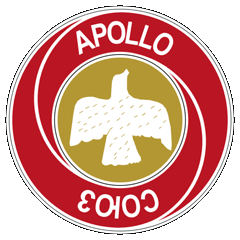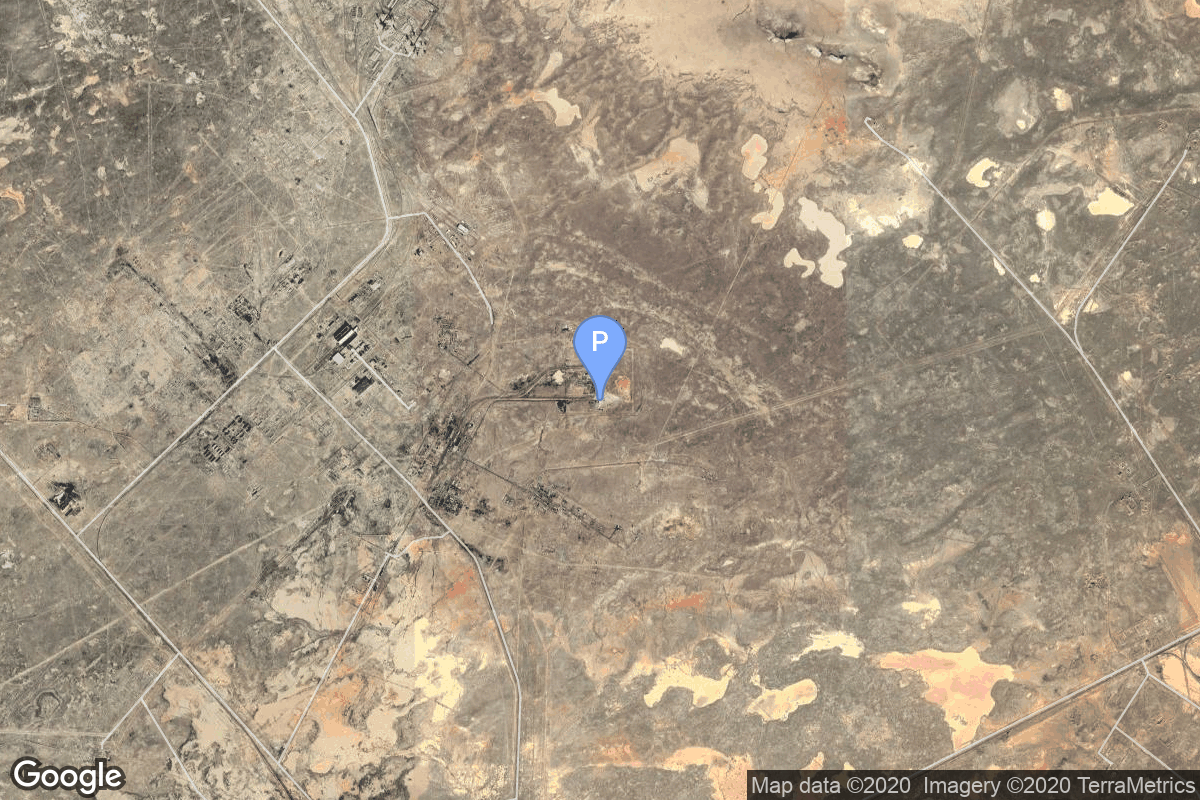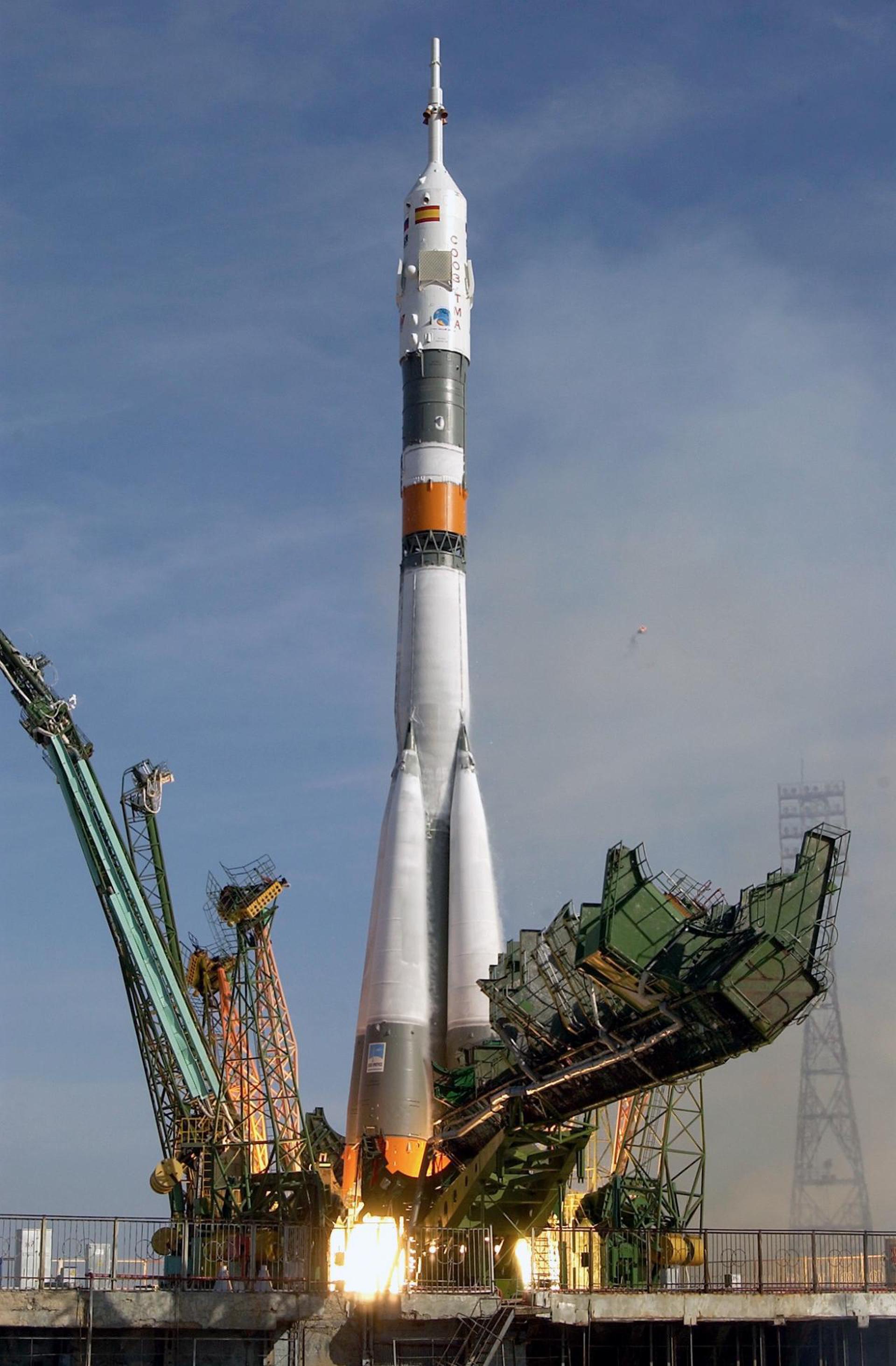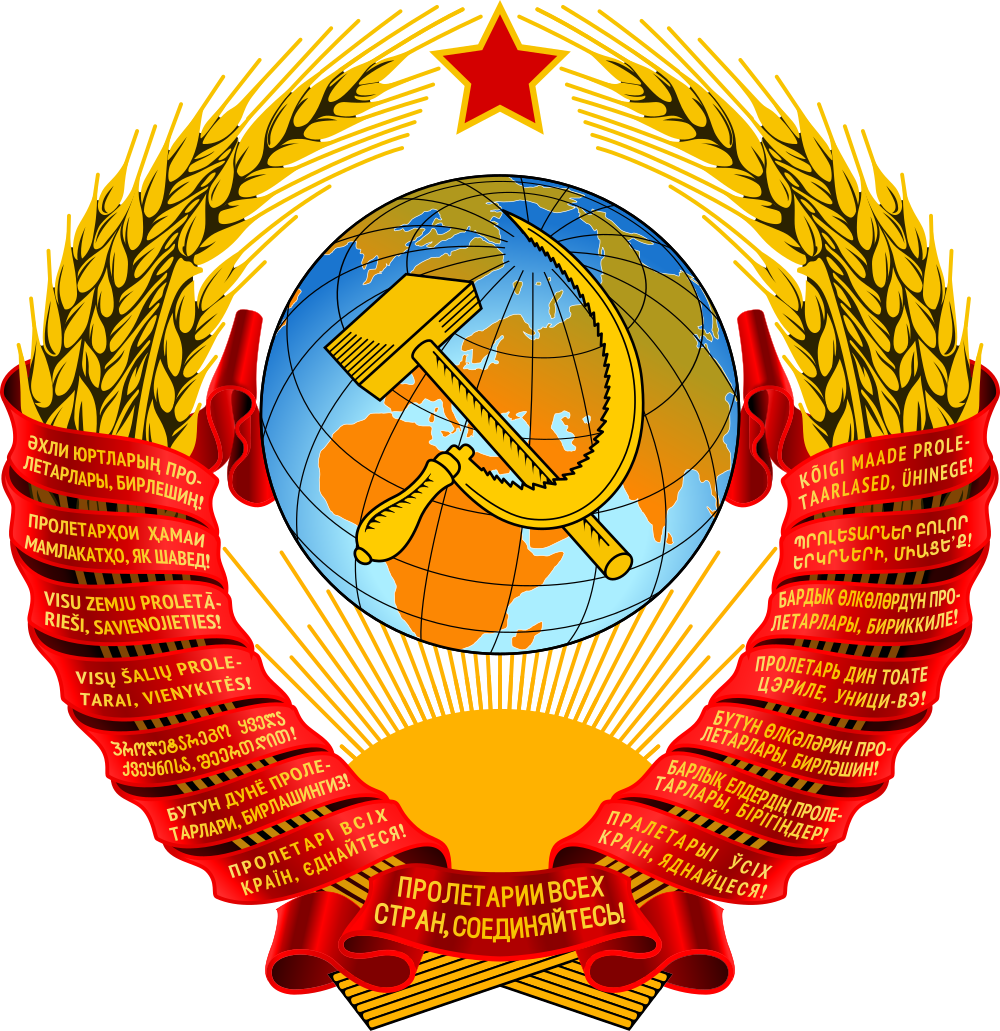Soyuz 16
Soyuz-U
Soviet Space Program
Crew
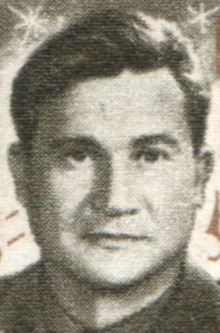
Anatoly Filipchenko
- Birthday: 02/26/1928
- Role: Commander
- Nationality: Russian
- First Flight: 10/12/1969
- Last Flight: 12/02/1974
Anatoly Vasilyevich Filipchenko (Russian: Анато́лий Васи́льевич Фили́пченко; born February 26, 1928) was a Soviet cosmonaut of Ukrainian descent. He flew on the Soyuz 7 and Soyuz 16 missions. He was born in Davydovka, Voronezh Oblast, RSFSR.
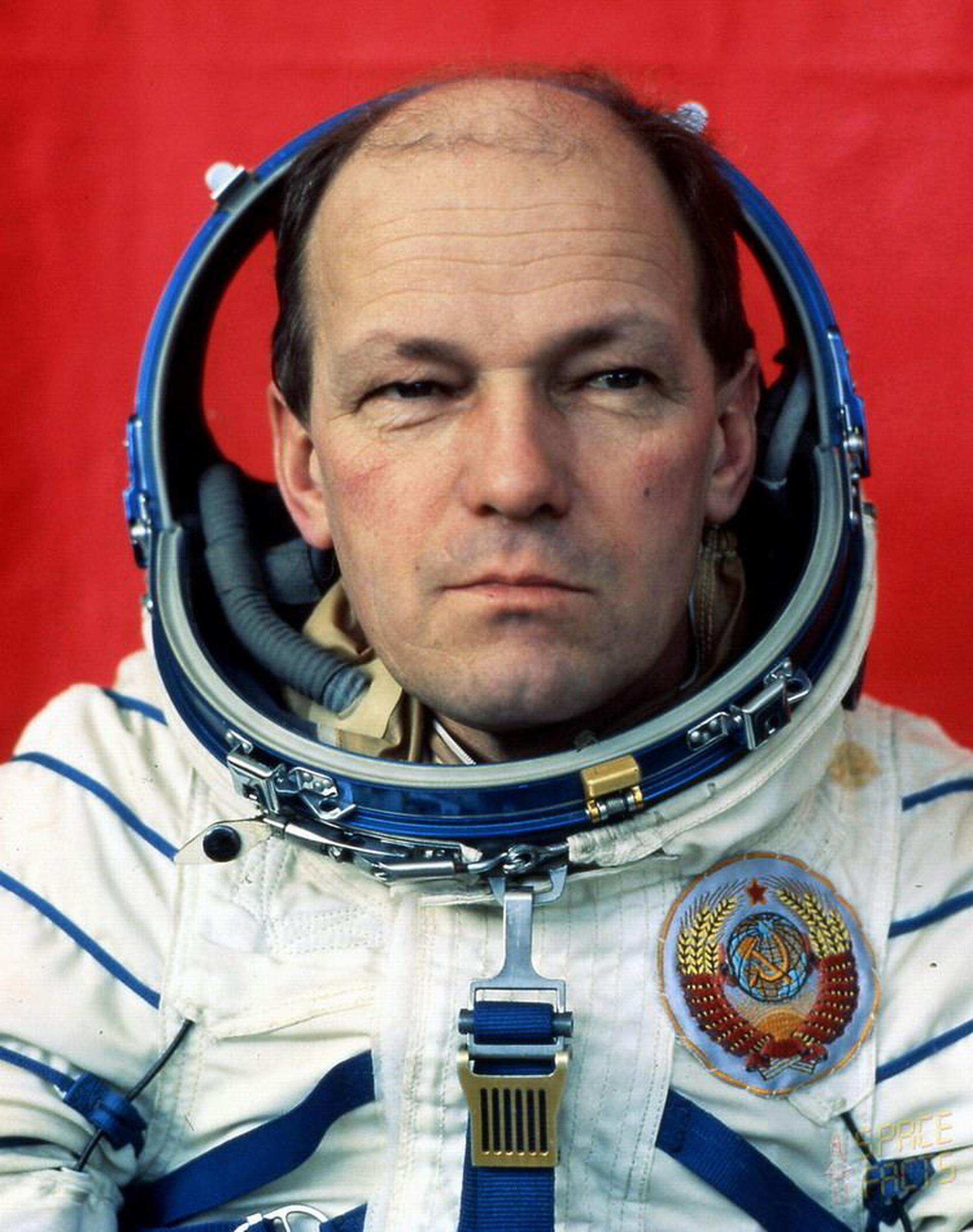
Nikolay Rukavishnikov
- Birthday: 09/18/1932
- Role: Flight Engineer
- Nationality: Soviet
- First Flight: 04/22/1971
- Last Flight: 04/10/1979
Nikolay Nikolayevich Rukavishnikov was a Soviet cosmonaut who flew three space missions of the Soyuz programme: Soyuz 10, Soyuz 16, and Soyuz 33. Two of these missions, Soyuz 10 and Soyuz 33 were intended to dock with Salyut space stations, but failed to do so.
Mission
Soyuz 16
- Type: Human Exploration
- Orbit: Low Earth Orbit
Soyuz 16 was a crewed test flight in a preparation for a joint Soviet-US space flight. The mission began on December 2, 1974, 09:40:00 UTC, with a launch of commander Anatoly Filipchenko and flight engineer Nikolai Rukavishnikov into orbit. During their 6-day stay in orbit, crew tested various new and improved systems and elements, including the new docking system.
Soyuz 16 ended on December 8, 1974, 08:03:35 UTC with a successful landing.
Location
Rocket
Agency
Soviet Space Program
The Soviet space program, was the national space program of the Union of Soviet Socialist Republics (USSR) actived from 1930s until disintegration of the Soviet Union in 1991.
The Soviet Union’s space program was mainly based on the cosmonautic exploration of space and the development of the expandable launch vehicles, which had been split between many design bureaus competing against each other. Over its 60-years of history, the Russian program was responsible for a number of pioneering feats and accomplishments in the human space flight, including the first intercontinental ballistic missile (R-7), first satellite (Sputnik 1), first animal in Earth orbit (the dog Laika on Sputnik 2), first human in space and Earth orbit (cosmonaut Yuri Gagarin on Vostok 1), first woman in space and Earth orbit (cosmonaut Valentina Tereshkova on Vostok 6), first spacewalk (cosmonaut Alexei Leonov on Voskhod 2), first Moon impact (Luna 2), first image of the far side of the Moon (Luna 3) and unmanned lunar soft landing (Luna 9), first space rover (Lunokhod 1), first sample of lunar soil automatically extracted and brought to Earth (Luna 16), and first space station (Salyut 1). Further notable records included the first interplanetary probes: Venera 1 and Mars 1 to fly by Venus and Mars, respectively, Venera 3 and Mars 2 to impact the respective planet surface, and Venera 7 and Mars 3 to make soft landings on these planets.
